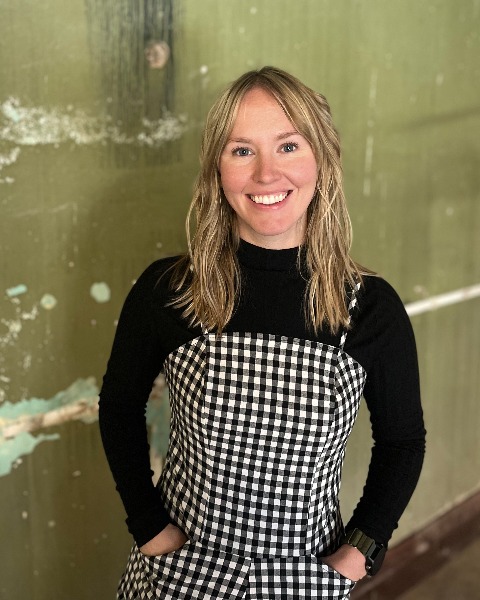Specific Populations
Utilizing Data and Community Voices to Create Anti-Hunger Pathways in Rural Food Bank Agencies
Monday, May 5, 2025
10:25 AM - 11:15 AM East Coast USA Time

Summer Grandy
Flagstaff Family Food Center, Arizona

Zenya Ledermann, MA (she/her/hers)
Flagstaff Family Food Center, Arizona
Session Summary: In 2024, the Flagstaff Family Food Center, a rural food bank serving northern Arizona, launched a region-wide food equity research project to drive client- and community-led anti-hunger initiatives. That same year, the organization introduced a Client Advocacy Department to spearhead resource navigation, community engagement, and advocacy efforts. Central to both initiatives was the active involvement of community members and food bank clients—over 50 local organizations and 1,000 residents shaped the project’s outcomes.
This discussion highlights the critical importance of integrating client and community perspectives in hunger relief efforts. It will explore how even a small, rural organization with a modest budget can make a meaningful impact by prioritizing collaboration, empowerment, and advocacy. By placing community voices at the heart of decision-making, we can create more effective, sustainable solutions to hunger and promote a more equitable food system.
Key findings from the report include (1) the intersectionality of food insecurity, (2) the high need for client-choice models across the region, (3) the need for collaborative, accessible resource assistance, (4) the requirement for continued investment into food assistance programs like SNAP, DUFB, FMNP, and LFPA, and (5) the prevalence of health disparities across the region.
This discussion highlights the critical importance of integrating client and community perspectives in hunger relief efforts. It will explore how even a small, rural organization with a modest budget can make a meaningful impact by prioritizing collaboration, empowerment, and advocacy. By placing community voices at the heart of decision-making, we can create more effective, sustainable solutions to hunger and promote a more equitable food system.
Key findings from the report include (1) the intersectionality of food insecurity, (2) the high need for client-choice models across the region, (3) the need for collaborative, accessible resource assistance, (4) the requirement for continued investment into food assistance programs like SNAP, DUFB, FMNP, and LFPA, and (5) the prevalence of health disparities across the region.
Learning Objectives:
- Participants will gain an understanding of how to launch client and community engagement programs when designing strategies and making impactful organizational decisions. Participants will understand how smaller food bank agencies can play a significant role in leading anti-hunger initiatives, especially in representing the voices of rural communities.
- Participants in this session will gain a comprehensive understanding of food insecurity, including its prevalence, root causes, and the disproportionate impact it has on marginalized communities across northeastern Arizona. Furthermore, participants will gain a deeper understanding of why understanding these complexities can help us build better anti-hunger programs.
- Participants will learn how the connection between food insecurity, health disparities, and structural factors play a significant role in federal nutrition programs like SNAP and TEFAP. Furthermore, participants will learn how we can advocate for improved programs based on client and community feedback.

